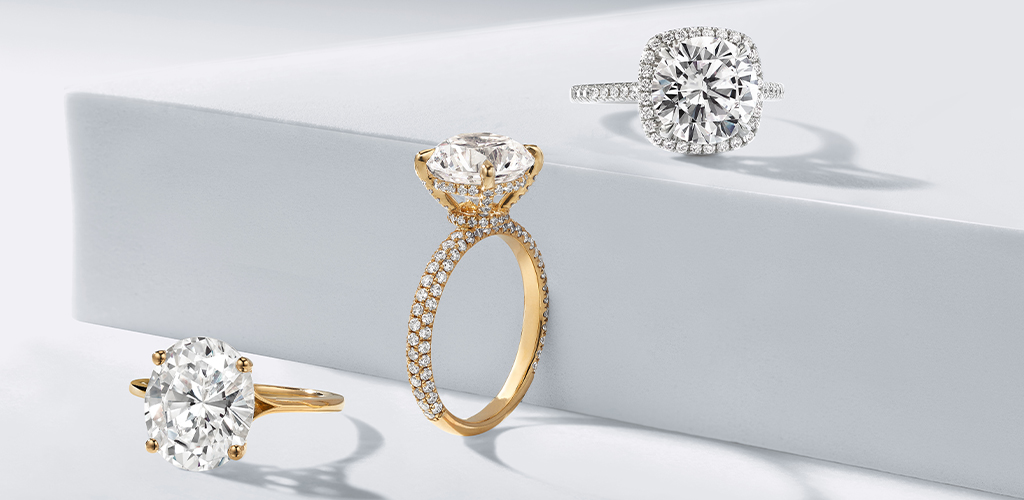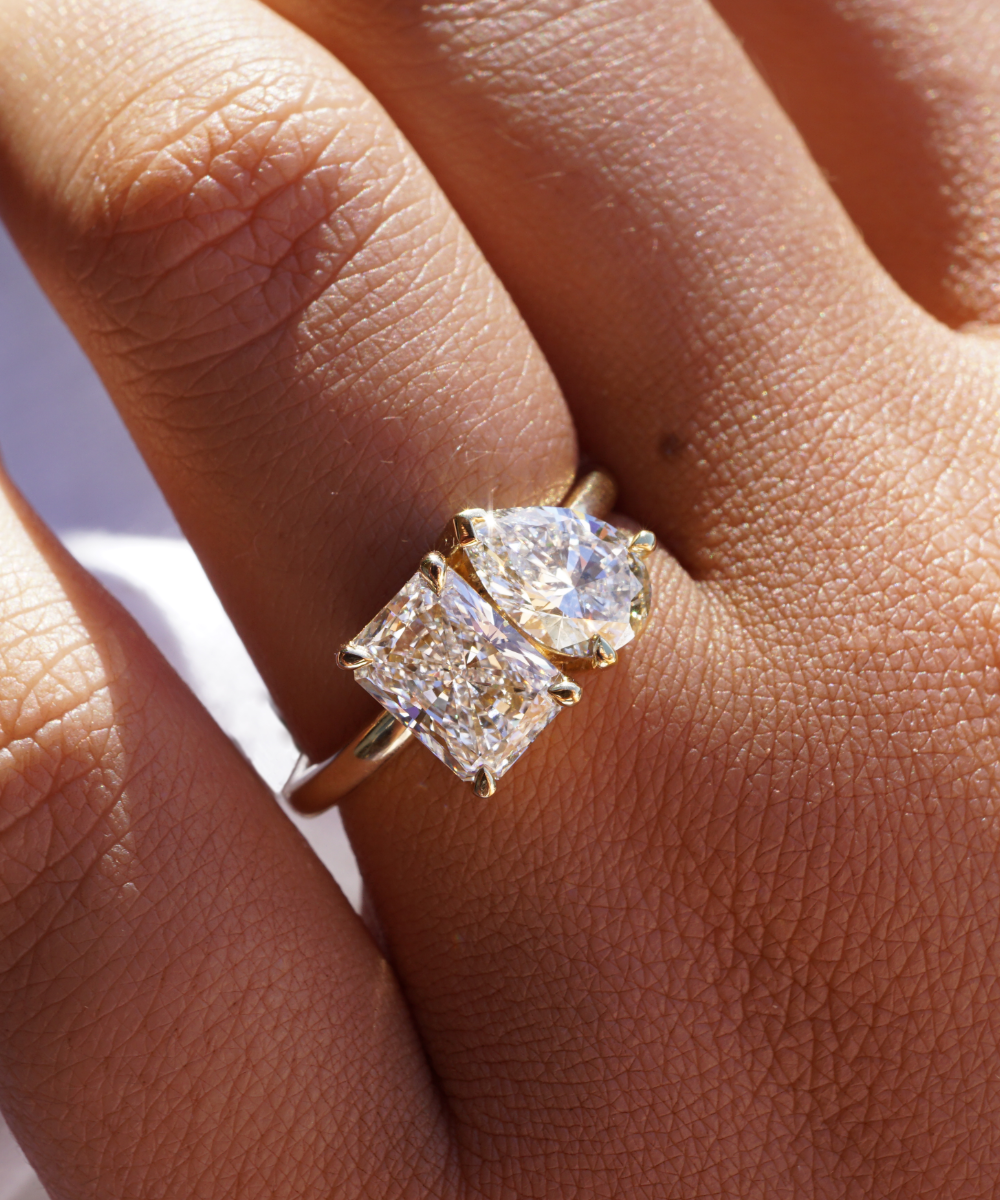
Diamonds have captivated humanity for centuries with their brilliance, fire, and timeless appeal. Whether mined from the earth or created in a lab, diamonds come in various shapes and cuts that enhance their beauty and value. In this article, we’ll explore the fascinating world of diamond shapes and cuts, as well as delve into the growing popularity of lab-made diamonds.
Understanding Diamond Shapes
The shape of a diamond refers to its overall outline when viewed from above. Each shape has unique characteristics that influence how light interacts with the stone, creating different visual effects. Here are some of the most popular diamond shapes:
Round Brilliant Cut
The round brilliant cut is by far the most popular diamond shape, accounting for over 70% of all diamonds sold. Its 58 facets are meticulously designed to maximize light reflection, resulting in exceptional sparkle and brilliance. This classic shape works well for both traditional and modern jewelry designs.
Princess Cut
The princess cut is a square or rectangular shape with sharp corners and a brilliant faceting pattern. Known for its contemporary look, it’s a favorite among those seeking a balance between classic elegance and modern flair. The princess cut also retains more of the rough diamond during cutting, making it a cost-effective option.
Emerald Cut
The emerald cut features a rectangular shape with step-cut facets that create a hall-of-mirrors effect. While it doesn’t sparkle as much as the round or princess cuts, its clean lines and understated elegance make it a sophisticated choice for vintage-inspired jewelry.
Oval Cut
The oval cut combines the brilliance of a round diamond with an elongated silhouette, giving the illusion of larger size. This versatile shape flatters the hand when used in rings and adds a touch of uniqueness to any piece of jewelry.
Pear Shape
Also known as the teardrop shape, the pear cut blends the round and marquise shapes into a single elegant form. It’s perfect for pendants and earrings but is also gaining popularity in engagement rings due to its distinctive appearance.
Exploring Diamond Cuts
While the shape defines the outline, the cut determines how well a diamond interacts with light. A high-quality cut enhances a diamond’s brilliance, fire, and scintillation. Let’s break down what makes a great diamond cut.
Ideal Cut
An ideal cut diamond is crafted to precise proportions, ensuring maximum light return through the top of the stone. This results in unparalleled brilliance and fire, making it the gold standard for diamond quality.
Excellent Cut
Similar to the ideal cut, an excellent cut diamond reflects nearly all entering light, offering stunning visual performance. Many jewelers use advanced technology to achieve these precision cuts consistently.
Good and Fair Cuts
Good and fair cuts allow some light to escape from the sides or bottom of the diamond, reducing its overall brilliance. While still beautiful, they may not exhibit the same level of sparkle as higher-quality cuts.
Poor Cut
A poor cut diamond fails to reflect light effectively, appearing dull and lifeless. These diamonds are often less expensive but lack the captivating allure that defines premium stones.
The Rise of Lab-Made Diamonds
In recent years, lab made diamonds have emerged as a sustainable and ethical alternative to natural diamonds. Created using advanced technology that replicates the conditions under which natural diamonds form, these gems share identical chemical, physical, and optical properties with their mined counterparts.
How Are Lab-Made Diamonds Created?
Lab-made diamonds are produced through two primary methods: High Pressure High Temperature (HPHT) and Chemical Vapor Deposition (CVD). Both processes result in diamonds that are indistinguishable from natural ones without specialized equipment.
Benefits of Lab-Made Diamonds
-
Ethical Sourcing : Lab-made diamonds eliminate concerns about conflict diamonds and unethical mining practices.
-
Environmental Impact : They require fewer resources and produce lower carbon emissions compared to traditional mining.
-
Cost-Effectiveness : Lab-made diamonds typically cost 20-40% less than natural diamonds, allowing buyers to afford larger or higher-quality stones within their budget.
Are Lab-Made Diamonds Real?
Yes! Lab-made diamonds are chemically and structurally identical to natural diamonds. The only difference lies in their origin—natural diamonds take millions of years to form underground, while lab-made diamonds are grown in weeks.
Choosing Between Natural and Lab-Made Diamonds
When deciding between natural and lab-made diamonds, consider your priorities. If you value rarity and tradition, a natural diamond might be the right choice. However, if sustainability, affordability, and innovation resonate with you, lab-made diamonds offer an excellent alternative.
Regardless of your preference, understanding diamond shapes and cuts will help you select a stone that perfectly suits your style and personality. Whether you opt for a dazzling round brilliant or a chic emerald cut, your diamond will undoubtedly become a cherished symbol of love and beauty.




